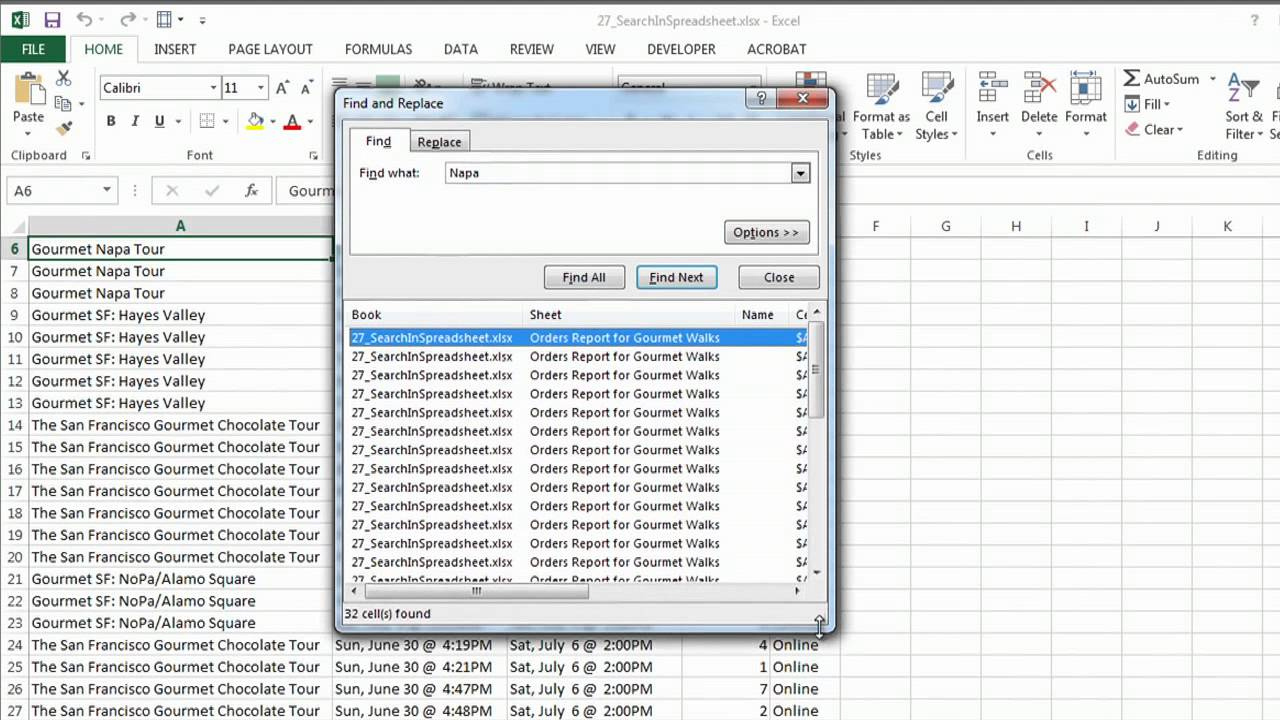5 Ways to Lock Sheets in Excel Securely

Locking sheets in Microsoft Excel is essential for anyone looking to protect their data from unauthorized changes. Whether you're managing sensitive financial information, business plans, or academic data, securing your Excel worksheets ensures that only approved users can modify, add, or delete content. This guide explores five robust methods to lock your sheets securely in Excel, ensuring your data remains confidential and unaltered.
1. Basic Sheet Protection

Excel’s built-in protection features are an excellent starting point for securing your sheets. Here’s how to protect a worksheet:
- Select the sheet you wish to lock.
- Navigate to the Review tab.
- Click on Protect Sheet.
- In the Protect Sheet dialog box, choose what elements users can change.
- Set a password to unprotect the sheet (optional).
- Click OK.
🔐 Note: Choosing a strong, unique password is crucial for security. Avoid using easily guessable passwords like 'password123' or '123456'.
2. Advanced Security with Workbook Protection

While protecting individual sheets is beneficial, protecting the entire workbook provides an additional layer of security. Here’s how:
- Go to the File menu.
- Select Info.
- Choose Protect Workbook, then Encrypt with Password.
- Enter and confirm your password.
🔐 Note: Workbook encryption will prevent the workbook from being opened without the correct password, making it a strong deterrent against unauthorized access.
3. Using VBA for Custom Locking

For those familiar with Visual Basic for Applications (VBA), customizing security settings can be done via macros. Here’s a simple script to lock all sheets in a workbook:
Sub LockAllSheets()
Dim ws As Worksheet
For Each ws In ThisWorkbook.Sheets
ws.Protect Password:="yourPassword", DrawingObjects:=True, Contents:=True, Scenarios:=True
Next ws
End Sub
Remember to:
- Open the VBA editor by pressing ALT + F11.
- Insert a new module.
- Paste the above code, replacing 'yourPassword' with your desired password.
- Run the macro to protect all sheets.
4. Digital Signatures for Authentication

Digital signatures can assure document integrity, ensuring that any unauthorized changes will render the signature invalid. Here’s how to add a digital signature:
- Go to File > Info.
- Under Protect Workbook, select Add a Digital Signature.
- Select or create a digital ID (certificate).
- Confirm your intent to sign the document.
🔐 Note: Digital signatures require a digital certificate, which can be obtained from a Certificate Authority or self-signed. Remember, if the file is altered post-signature, the signature will no longer be valid.
5. Restricting Access with IRM (Information Rights Management)

Information Rights Management (IRM) is a powerful tool for controlling access and usage rights to documents:
- Go to File > Info > Protect Workbook > Restrict Access > Manage Credentials.
- Sign into your Microsoft 365 account if prompted.
- Set permissions for who can view or edit the file.
This method ensures that only specific users can access, print, or forward the Excel file, making it highly secure for sensitive or proprietary data.
Having explored these five methods for securing Excel sheets, it's clear that protecting your data involves more than just basic password protection. Each method offers different levels of security, from simple sheet protection to advanced authentication and access controls. While basic sheet protection suffices for casual use, for business-critical or sensitive information, consider leveraging workbook encryption, custom VBA scripts, digital signatures, or IRM to safeguard your data from unauthorized alterations.
Can I protect specific cells instead of the entire sheet?

+
Yes, Excel allows you to lock specific cells. First, unlock all cells, then select the cells you want to protect, right-click, go to ‘Format Cells’, and under the ‘Protection’ tab, check ‘Locked’. Then protect the sheet as described in the guide. Only these cells will be protected from editing.
What happens if I forget the password to unlock my sheet?

+
If you forget the password, there is no built-in method to recover it. The sheet will remain locked, and the data inside will be inaccessible. To prevent this, always store passwords in a secure location or use a password manager.
Is it possible to audit changes in a protected sheet?

+
Yes, using the ‘Track Changes’ feature can help you audit modifications made to a worksheet, even when it’s protected. Navigate to the ‘Review’ tab and click ‘Track Changes’ to enable this feature.
Can I lock Excel sheets without using a password?

+
Yes, you can lock sheets without a password to prevent unintended changes, although anyone can unprotect it by clicking ‘Unprotect Sheet’. For better security, always use a password.